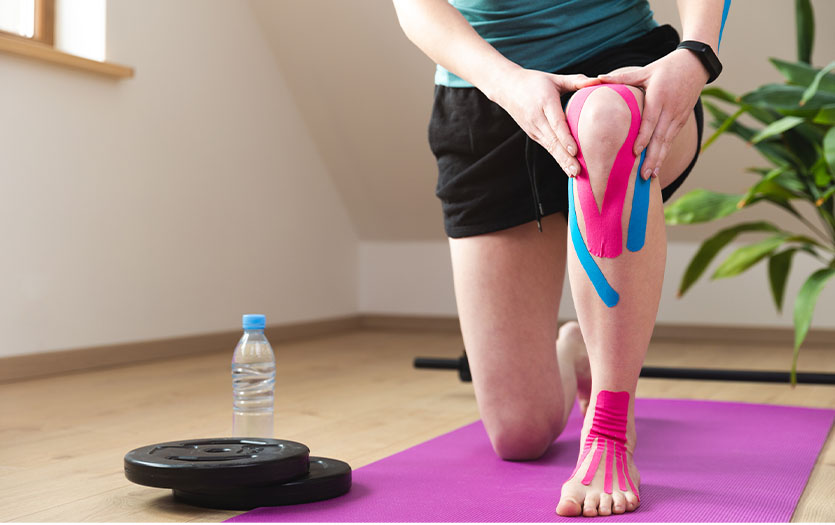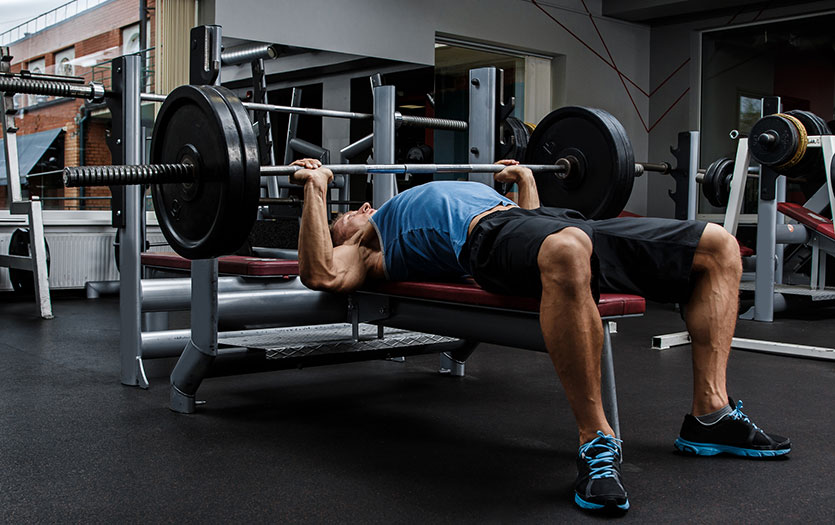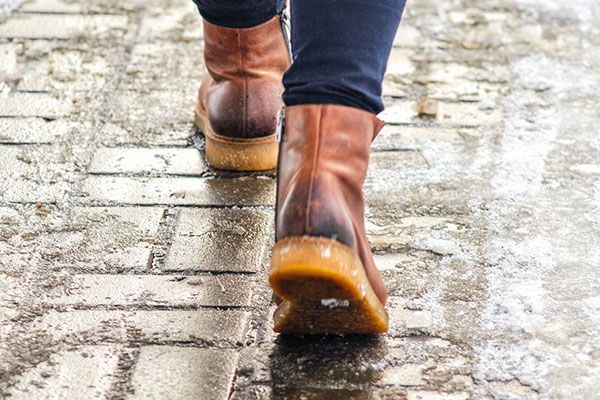
This post was written by Mason Dubina, ATC, certified athletic trainer, Parkview Sports Medicine.
Athletic trainers are largely known for their orthopedic taping skills and techniques, even though this is only one method we employ daily. With that being said, many individuals believe that tape can “fix” an injury, which is why the phrase “Just tape it, it will be fine,” is like nails on a chalkboard to all athletic trainers. The reality is, that tape cannot fix or heal any injury by itself. Just like most interventions, it has its pros and cons. Many individuals are unaware of the types of tape or what taping can and cannot be used for. In this post, I’ll answer some of the most common questions I get and offer an overview of the most common applications.
Types of tapes
When an active individual or athletic trainer is selecting a tape, they first must ask what they are trying to accomplish. Different tapes are used for different scenarios and interventions which is why there is such a wide variety to choose from. At times, these can be interchangeable, but the properties of each type of tape make them particularly good for one or a couple of uses.
White athletic tape – This tape is the most commonly used in the field of athletic training and is known as a technique to address ankle sprains. White tape is a porous cotton material that has adhesive on one side. This tape has little to no stretch which makes it good for limiting or restricting motion at a given joint. When you injure an ankle ligament, you want to ensure you are placing the least amount of stress on the ligament to protect it from further damage and overall pain, so this is a great option.
Elastic self-adhesive bandage/tape – This tape is mostly used to cover bandages over a wound or apply pressure to protective padding on a specific location to prevent the bandage/pad from falling off during competition or activity. This type of tape is commonly seen after giving blood since they want to ensure the gauze has constant pressure to prevent future bleeding. Self-adhesive bandage tape does not have an adhesive per se, however, it sticks to itself which allows the athletic trainer or individual to customize the amount of pressure a bandage or pad needs to stay adhered to the skin. This tape has a large amount of elasticity, which makes it handy in many situations and conforms to almost any curve of the human anatomy.
Kinesiology tape – This tape has been made famous by professional athletes, such as James Harden and Kerri Walsh Jennings, who wear it during their games and competitions. Kinesiology tape is one of the most popular and expensive tapes that can be used in the athletic training field. Kinesiology tape is made of elastic and cotton and has adhesive on one side. Unlike white tape, kinesiology tape is manufactured for direct contact with the skin. Kinesiology tape is mainly used to inhibit or encourage the motion of a muscle. It can also be used to reduce swelling post-injury, amongst other uses.
Even though there are many kinesiology taping “how-to” tutorials on sites such as YouTube, you would want to first consult a physician or other medical professional on the most effective technique for your specific injury or problem so that you can be sure you are helping an injury and not hindering the healing process.
Important guidance for addressing injury
Regardless of the type of tape you choose, one thing is always true: Tape alone will not heal your injuries. Taping for athletics is simply an external intervention used by medical professionals to assist in stabilizing, applying pressure, encouraging motion or reducing swelling while participating in activities during injury recovery.
The gold standard starting point for any orthopedic injury is always going to be rehab exercises and treatment, along with the use of taping techniques as necessary. This is because you must ensure you are also applying internal interventions (i.e., rehab exercises and stretches) since all those structures are inside your body, not outside. We are all born with muscles, ligaments and tendons, which act as internal stabilizers during activity to restrict injury. Taping is good for when the internal structures of the body are not performing as intended because of injury.
Even though athletic taping has its place in the medical field, it is far from the cure-all some may believe it to be. Rehab exercises and stretches, amongst other treatments, are best for speeding up your recovery and getting you back to your activity as quickly as possible. Taping is an intervention that can assist in this endeavor but should never be the only mode of treatment. It’s always best to consult a medical professional to develop a comprehensive plan for healing.
Learn about the Parkview Sports Medicine services available for local athletes and active individuals by visiting us here.



